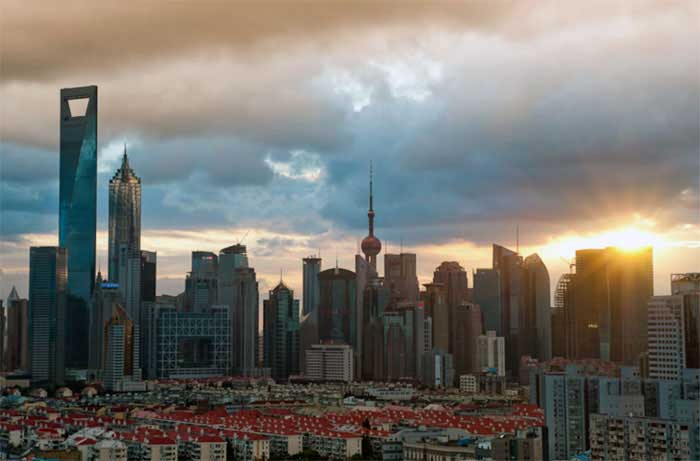According to the Father of Economics, Adam Smith, China is one of the world's most advanced, rich, fertile, industrious and prosperous countries in the world and it is one of the world's largest economy by nominal GDP. (Gross domestic product) Gross domestic product is a measure of value for all finished goods and services, which is measured quarterly or annually. This value is estimated to determine the economic performance of the country for a period of time. The nominal GDP does not show any differences in the living strategies of the people, but the fluctuations in the exchange rates may result in the countries ranking from time to time. A Comparison of the national wealth to that of other nations is made on purchasing power parity (PPP - estimates the exchange rate between two currencies) Through PPP the economy can solve its problems which arise from the exchange rates, even though it is not free from some drawbacks.
Based on the trade and economic reforms , China maintained poor and inefficient status in the global economy. But in the year, 1979 after implementing foreign trade and investment policies, china is the second largest among the fastest growing economies, maintaining a real average growth of gross domestic product of nearly 10% every year up to 2014. The economic crisis affected badly by the China's economy in 2008 and these trends which resulted in the decline in import, export and in foreign trade also. By this China's government responded and implemented some monetary policies to increase bank lending process. However, the statistics show that there is a decline in the China's economy in recent years. The GDP, which was 10.4% in the year 2010 fell to 7.8% in the year 2012 and a further decline i.e 7.3% in the year 2014.
Stock Exchange:
Despite of having two largest stock markets, China's financial system is restricted to market forces. The two china's stock markets are controlled by the domestic Chinese firms, which resulted a significant volatility in the global market. These stock markets were dominated by the speculators and to the greatest extent the shareholders have less influence to move according to the latest trends in the stock market within a short period. From January to June, 2015 these two stock markets bubbled and the investors were buying stocks on borrowing money. In the June 2015, the bubble blasted and there is a fall in the China's two stock markets by 32% to 40% respectively , resulting a major loss to the economy. With this the government entered into the scene and settled by relaxations in insurance policies and by offering public initials, restricting and selling all share and by buying all SEO (state owned organizations) stocks. According to a report, the government spent nearly $250 billions to standardize the stock markets and the government has certain measure to control the market.
Rise in Reserves in China
The latest release of an International Monetary Fund report says that the value of the dollar has declined in both developing and advanced economies. At last the multilateral reserve currencies are increasingly. The currencies other than dollars are gaining, the euro and yen. There is a drastic change in the 2015 Q2 and 2015 Q1. The value of the dollar depreciated in the Q2 increasing the value of nondollar holdings. Broadly speaking, a small depreciation in the exchange rate during Q2 increased the value share of the euro and yen.
Future strategies to restructure the Economy
The current economic trends of China say that again the Economy is strengthening. The 12th Five year plan of China contains about the economy restructure and the economy is targeting to emerge the industries which are going to play an important role in the future restructure of the economy. In the year 2014, China along with some other countries started a New Development Bank to assist the developing economies. Some financial analysts reported negatively on about China's economic slowdown, but it is the time for the global economy to face the new Chinese economic developments in the coming years.

